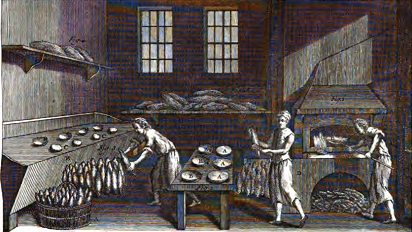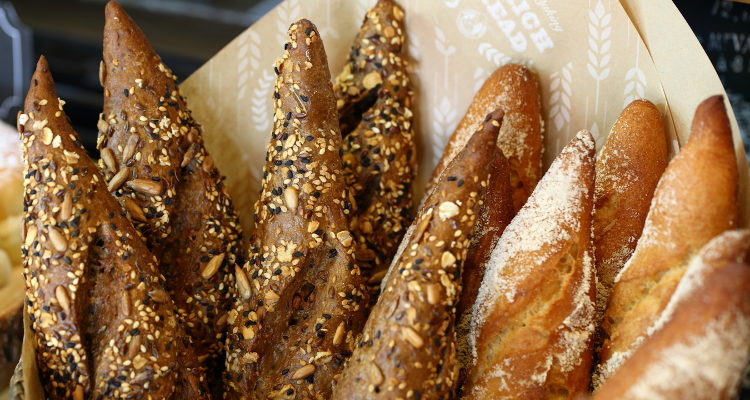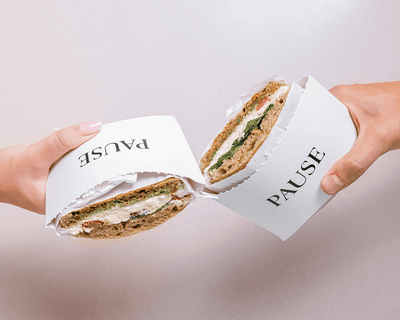The French Baguette
In this post, we will explore one of the iconic treasures of French cuisine - the French baguette. From its fascinating history to its artful creation and unparalleled popularity, the baguette has captured the hearts and taste buds of people around the globe.
A Brief History of French Baguette
The French baguette, which means "the stick" in French, has a rich history that dates back to the 19th century.

While bread has been a staple in French diets for centuries, it was Napoleon Bonaparte who played a significant role in shaping the baguette we know and love today. In the early 1800s, Napoleon issued a decree that required bread to be made in elongated shapes, inspiring bakers to create the now-iconic slender and crusty baguette.
Characteristics of a Good Baguette
A good baguette is a culinary masterpiece, characterized by a crisp, golden-brown crust and a light, airy interior with plenty of irregular holes. Achieving the perfect baguette requires skill, time, and attention to detail.
The art of making baguette lies in the simplicity of its ingredients - flour, water, salt, and yeast. However, it's the baker's expertise and the traditional baking process that bring out the baguette's distinct characteristics. The dough is carefully mixed, kneaded, and left to ferment, allowing it to develop its complex flavors. Skilled bakers then shape the dough into slender loaves before baking them in stone ovens, which imparts the baguette's signature crust and texture.
Types of Baguette
While the classic baguette remains the most popular, there are several variations to explore.

Some notable types include:
- Baguette Tradition: A traditional baguette with a crisp crust and soft, airy crumb.
- Baguette de Campagne: Made with a combination of flours, giving it a heartier flavor and rustic appearance.
- Baguette aux Graines: Enriched with seeds like sesame, poppy, or sunflower, adding a delightful crunch.
- Baguette Complète: A whole-grain version, boasting a nuttier taste and a denser texture.
Slicing and Pairing Your Baguette
To fully savor the baguette experience, slicing it correctly is essential. Begin by placing the baguette on a cutting board and using a serrated knife, cut it diagonally into slices about an inch thick. The diagonal cut maximizes the surface area, ensuring you get the perfect ratio of crust to crumb.
Pair your baguette with a selection of French cheeses like Camembert, Brie, or Comté for an indulgent experience.
What Makes Baguette So Special?
The French baguette is more than just bread; it's an emblem of the French way of life. Its simple yet sophisticated character embodies the art of French baking and the joy of savoring every bite. Sharing a baguette with loved ones over a meal is a cherished tradition that brings people together, creating a warm and welcoming atmosphere.

So, whether you're strolling along the Seine in Paris or enjoying a picnic in the countryside, let the iconic French baguette be your gastronomic companion and transport you to the heart of France's culinary heritage. Bon appétit!









